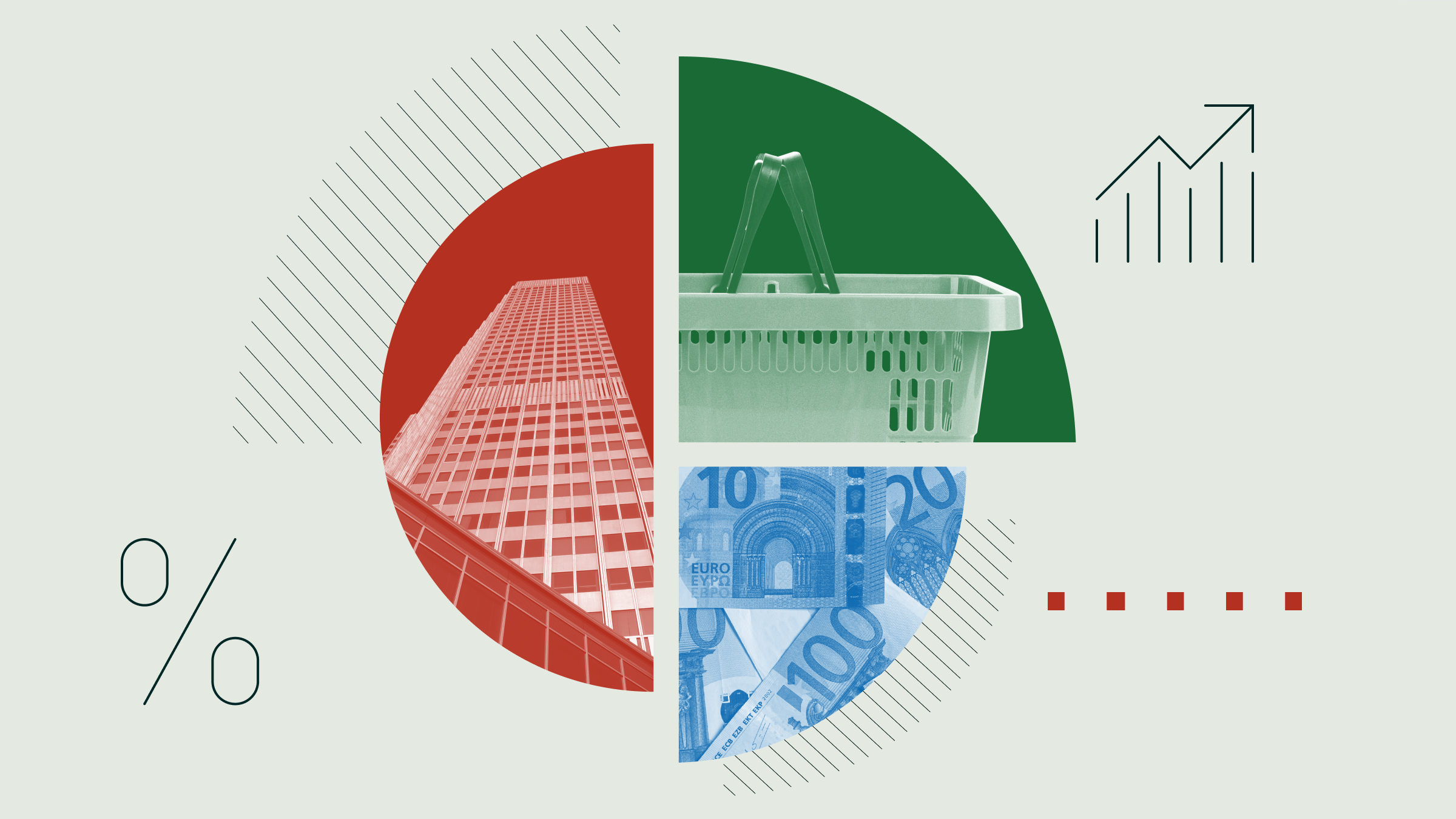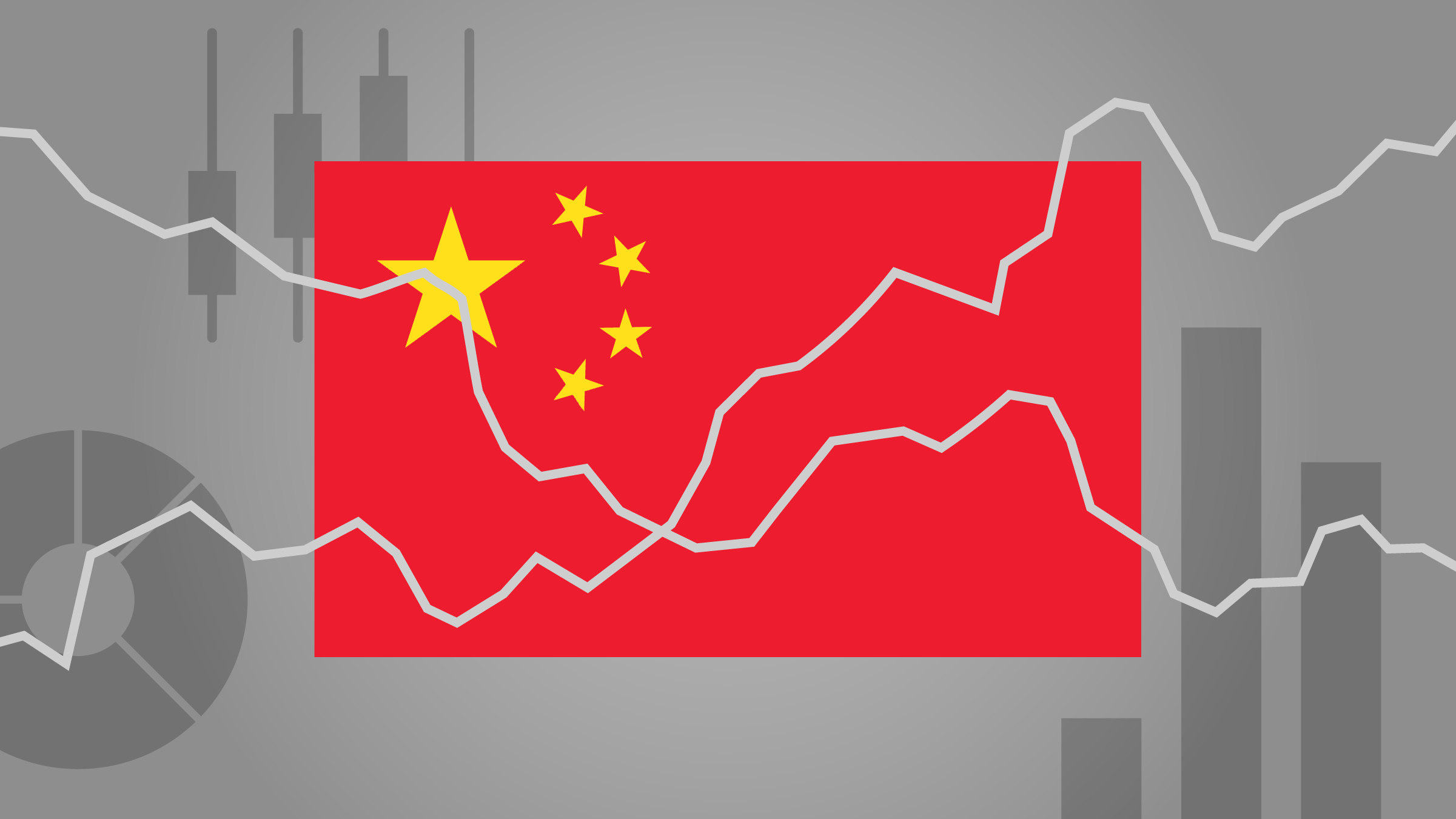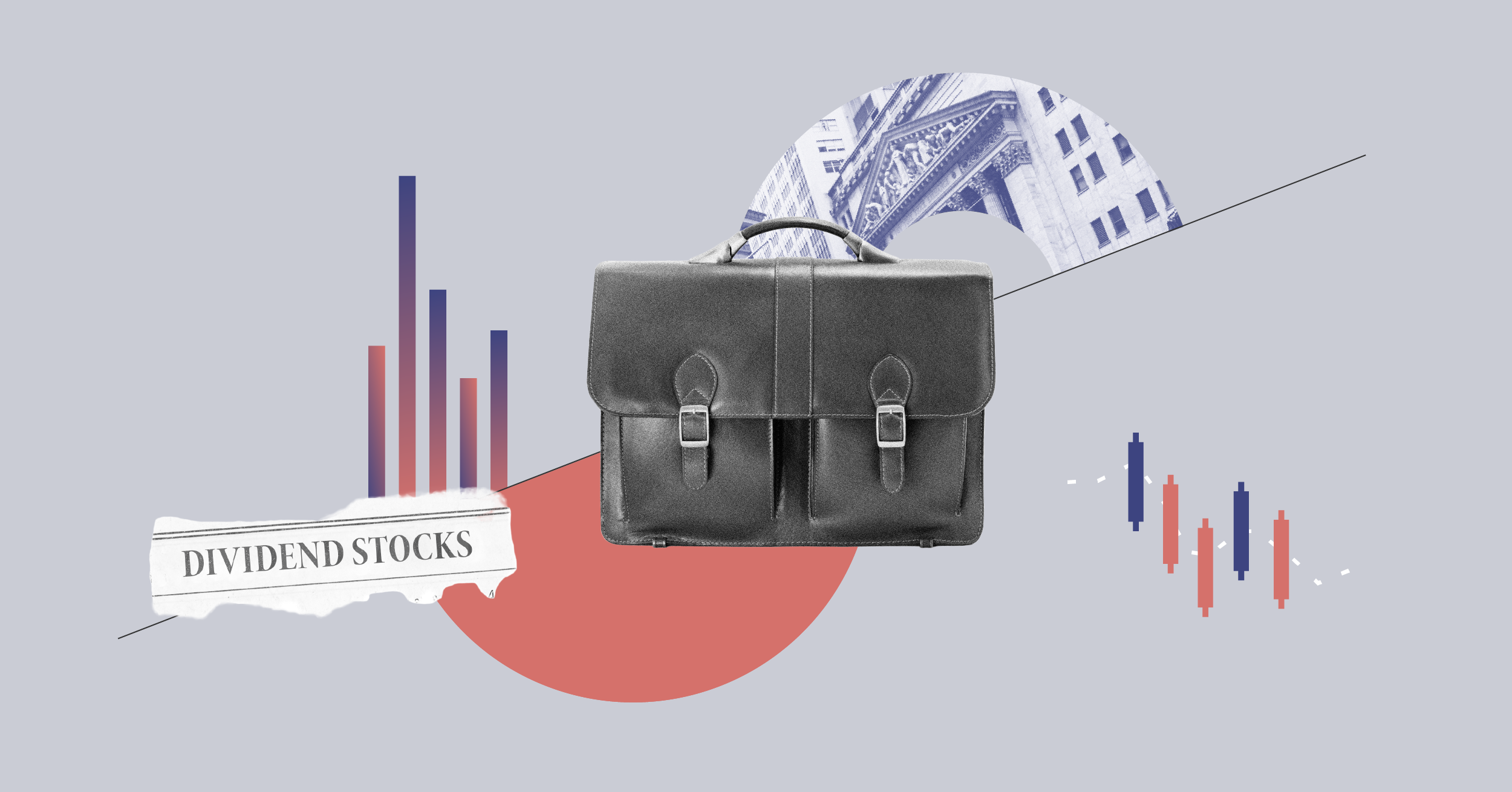In het gesprek werden de verwachtingen voor de financiële markten besproken. Mauboussin ziet twee belangrijke drijvers voor de aandelenprijzen: toekomstige kasstromen en de rentevoeten om de toekomstige waarde naar het huidige prijsniveau te verrekenen. “September 2008 betekende een enorme ommekeer na de crash van Lehman Brothers en het gepercipieerde risiconiveau ging in een klap de hoogte in”. Een andere reden voor het negatieve sentiment op de aandelenmarkten in die periode ligt volgens Mauboussin bij de ondernemingswinsten die ster
ker dan verwacht daalden. Dat negatieve sentiment werd gekeerd door de beter dan verwachte resultaten als het gevolg van strenge kostenbesparingen in nagenoeg alle industrieën. “Maar winsten als gevolg van de kostenbesparingen kunnen niet blijven duren”, aldus Mauboussin. Hij raadt beleggers daarom aan om te kiezen voor kwalitatieve ondernemingen met een sterke balans, hoge rendement op het geïnvesteerde kapitaal en een sterk management team. Ook de zogenaamde ‘pricing power’, de mogelijkheid om de marktprijs te bepalen, is volgens de strateeg van groot belang.
Tot slot raadt het hoofd beleggingsstrategieën bij Legg Mason beleggers aan een dagboek te houden met daarin de genomen beleggingsbeslissingen. “Wanneer je een beslissing maakt, schrijf dan in het dagboek wat je beslist hebt, wat je verwacht dat er zal gebeuren en waarom”, aldus Mauboussin. Dat helpt om te leren uit de fouten die je gemaakt hebt in het verleden. Eerlijk duurt het langst en het is dan ook moeilijk om op een faire manier om te gaan met je beleggingen, zo besluit de strateeg van Legg Mason.
U kunt het volledige interview hieronder in het Engels nalezen.
Buy Quality Stocks, Sell Treasuries, Says Mauboussin
Michael Mauboussin thinks about where you should invest and how you should invest. As chief investment strategist at Legg Mason Capital Management, Mauboussin focuses on the economy, markets, and investor behavior. Mauboussin is also an adjunct professor at Columbia.
His new book, Think Twice, examines why investors make mistakes if they leap to judgment and how they can correct that by carefully examining the possible alternatives and learning from their mistakes. I asked him about where the economy and markets are headed as well as lessons we can learn about how we make decisions. Check out his outlook for inflation, U.S. equities, and Treasuries as well as his advice on how we can all make better investors.
It seems like a company's debt level has been all that mattered the past two years. Have the markets corrected for that enough that they'll be moving on to something else and if so what will that be?
If you take a step back, stock prices have two basic drivers: future cash flows and a discount rate that brings future values to the present. If you look back on 2007, we had good levels of cash flow--corporate America was near peaks in historical operating profit margin and return on invested capital--and the perceived levels of risk were very low.
All of that changed in 2008. First, the perception of risk skyrocketed, especially after the failure of Lehman Brothers in September. As a rough proxy for perceived risk in the equity market you can look at the VIX (more formally, the Chicago Board Options Exchange Volatility Index), which measures the implied volatility of S&P 500 Index options. Realized volatility in the past 80 or so years had been roughly 20 percent, but the VIX shot into the 80s. When the perception of risk rises, stock prices go down.
The second shoe to drop was earnings. Also in the fourth quarter of 2008, earnings estimates dropped rapidly. The one-two combination of lower anticipated cash flows and higher risk punished the market--probably to an excessive degree. When investors fear risk, of course, credit spreads--a measure of the interest rate companies have to pay to borrow--also rise and that makes people worry about companies with debt going bankrupt.
Since the March lows, we've seen some retrenchment of the concerns about cash flow and risk. As perceived risk levels drifted back toward more normal levels--the VIX today is in the low 20s--the riskier assets performed very well--the so-called "junk trade." The market got a second lift in the summer on the heels of second-quarter earnings, which on balance came in better than what was expected. Most of the positive surprise came as the result of cost cutting.
Companies have aggressively managed their cost structures--which has left the residual of a sluggish labor market--and have been super diligent with working capital as well. But earnings through cost savings cannot go on forever. If the markets are to continue to generate attractive returns, we will need to see good old-fashioned sales growth. In my opinion, the evidence is clearly pointing to a recovery, but naturally the data will show fits and starts.
Investors have been buying up huge sums of bond funds and with it inflation risk. All of the different inflation hedges have their own flaws and strengths, so what's the best way to hedge some of that inflation risk?
My sense is that at least some of the appetite for bond funds represents less a love of bonds than a distaste for stocks. The poor 10-year results for the stock market have left a lot of equity investors with a bad taste in their mouths--even though history suggests that poor past market returns are a decent predictor of future returns (and vice versa).
Inflation does not appear to be an imminent threat--there is too much slack in the labor market and unused capacity. But how the government's stimulative steps, which were necessary in my view, ultimately influence inflation is anyone's guess. While I don't think it's a worry for the short-to-intermediate term, I would keep it on the radar screen.
So if you are worried about inflation risk, how might you play that in the stock market? The goal would be to find companies that have sustainable competitive advantages--moats around their businesses--that will allow them to increase the price of their good or service at a rate consistent with inflation. So a portfolio of high-quality stocks with this attribute, purchased at attractive prices, is a very sensible way to address this concern.
Should investors do anything about the declining dollar in their portfolios?
While it's important to be mindful of the role of a declining--or rising--dollar in evaluating a company, I'm not sure investors should do anything specific about it. If you are convinced the dollar is going lower, you should short the dollar. But forecasting currencies is not an easy game to play, and I know that I have zero edge there. On a company by company basis, it makes some sense to consider various scenarios for the dollar, assess the probability of those scenarios, and judge what those scenarios imply about value.
Probably the best way to manage currency exposure is to have a properly diversified global portfolio. While I'm optimistic about the future of the United States, I'm also a subscriber to what Fareed Zakaria calls the "rise of the rest." In other words, the U.S. should continue to do well but other parts of the globe may do relatively better. So long-term investors should have exposure to various markets around the globe.
Where are the greatest opportunities in investing today?
One area that looks interesting in the U.S. market is quality companies. These are businesses that have high returns on invested capital, decent pricing power, good economic moats around their businesses, solid balance sheets, and good operating histories. These companies tended to trade at generous valuations in the late 1990s and have spent most of the 2000s treading water. Even considering the current recession, these businesses have grown sales and profits while sustaining good economic returns.
You can go down the list of the S&P 50 (50 largest by market cap in S&P 500) and find a number of these companies. And if they do well, it'll be harder for active managers to beat the market because the S&P 500 is a market-capitalization-weighted index and many money managers are underexposed to these kinds of businesses.
What are the least attractive areas today?
A natural consequence of the high level of risk aversion has been a large move in U.S. Treasury securities. When you look at the 10-year note with a 3.4 percent yield, it's a reasonable case that equity markets will deliver much higher returns in the next decade--even adjusted for risk. So what may appear to be among the least risky assets may be among the riskiest, at least if you take opportunity cost into consideration.
Your new book, Think Twice, suggests that we can avoid many mistakes by reviewing our gut reaction. How can we effectively review a decision so that we make the right call?
The main theme of the book is that in certain situations, your mind is going to want to go down one path to a solution when there is a better path. This is not true in all situations. In the book, I identify eight areas where this can occur. So you want to prepare for these decisions by learning about possible mistakes, recognize the mistakes in context, and apply tools to mitigate them.
I also offer some specific advice at the end of the book. Let me share a couple of those ideas. The first is to keep a decision-making journal. When you make a decision, write down what you decided, what you expect to happen, and why. If you're so inclined, you might even take note of how you feel physically and emotionally.
The journal allows you to periodically audit your decisions--effectively giving yourself feedback. It can also help you sidestep hindsight bias, the tendency to think you knew more in the past than you actually did. You can also see instances when you were right for the wrong decisions. Dealing honestly with those decisions is hard work.
What's a common mistake that a fund investor might avoid by properly reviewing a decision?
One common mistake is a reliance on the inside view versus using the outside view. With the inside view, you try to solve a problem by gathering information, and using that unique set of input to decide. It's the natural way we do things in any planning task. The outside view, by contrast, looks at a problem as part of a larger reference class. It basically allows you to ask the question: When someone else was in this position, what happened?
A reliance on the inside view generally leads to forecasts that are too optimistic. If you've ever done a renovation to your house you know the feeling: Renovations always seem to come in above budget and behind plan. The outside view provides a better, and more grounded, assessment.
So, for instance, investors can use the outside view when working on their models. We have lots of data about corporate growth rates and return on invested capital patterns. An investor can check their assumptions against the larger reference to see if they make sense.
It sounds like this is a rebuttal to Malcolm Gladwell's Blink, which argues our instant reaction is usually on the money. What did he miss?
I believe in the role of intuition in decision making, but I certainly don't glorify it. By and large, I believe that people rely more on their intuition than they should.
Here's how I think about it. Psychologists often distinguish between two mental systems, creatively called System 1 and System 2. System 1 is fast, automatic, and hard to train. When you jump at the sight of a snake, you have System 1 to thank. System 2 is slow, requires input, and can be trained. It's your analytical mind. If you do something repeatedly, some aspects of System 2 thinking slip into System 1. Consider the first time you drove a car; you had to think about each action very deliberately. But after time and experience, you internalized many of the tasks, and driving migrated mostly from System 2 to System 1. Intuition works when you have a System 1 that is well trained. Think of a chess master, or a finely trained soldier. But note that for System 1 to work effectively, you need to deal with situations that are linear and consistent. If you're dealing with decisions in a realm where the outcomes are nonlinear or the statistical properties change over time, intuition will fail because your System 1 doesn't know what's going on.
Increasingly, professionals are forced to confront decisions related to complex systems, which are by their very nature nonlinear and have changing statistical properties. This definitely applies to investing and business. So you have to be very careful if you rely on intuition.
Interview by Russel Kinnel, Morningstar’s director of mutual fund research.
















